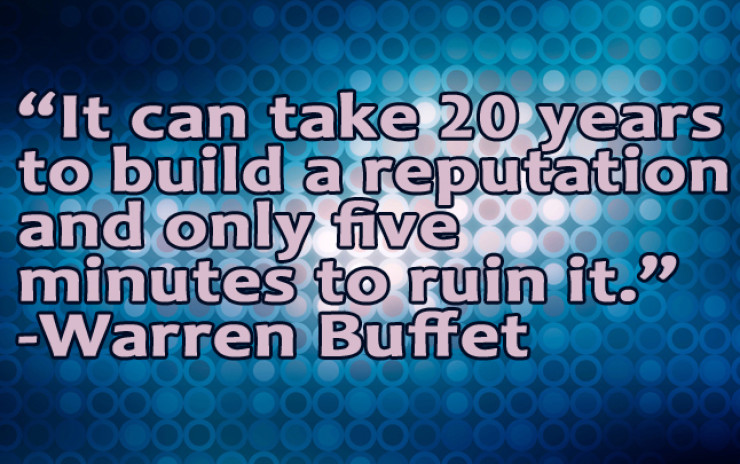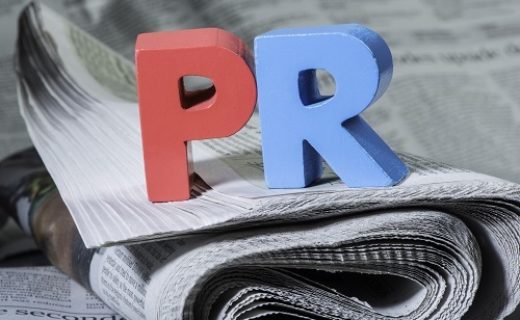As Warren Buffet once said, “it can take 20 years to build a reputation and only five minutes to ruin it.” This is a lesson that businesses learn over and over again.
Of course, everyone wants a good reputation. But how do you get one – and more importantly, maintain it? Companies often enlist the help of a public relations firm for a crisis plan or issue management. Others know they need to be ready for a “problem,” but don’t believe it’s “that much of a concern right now.” When companies talk about building their brands, they usually mean “good news marketing,” launching products/programs and supporting sales. They never think of galvanizing their brand against disaster before a crisis hits home. It’s easy to get complacent. No one ever imagines, “today will be the day that that disaster hits.” When that day arrives, however, the strength of a company’s reputation is its best protection.
The closest thing to reputation protection that appears on a balance sheet is termed goodwill. Having a reservoir of goodwill can make all the difference and sustain a company through bad times.
Public relations is used every day to tell concrete stories that provide credibility and create a positive reputation. Step by step, reputation is built on goodwill that emanates from reliable products, excellent service, and sound business practices across the board – not from fluff.
Public relations strategies and tactics should be major elements in any plan to build positive relationships with the stakeholders who determine your organization’s success. While there are multiple key audiences including stockholders, boards of directors, regulators, legislators and other influencers, it’s worth mentioning several ideas for fostering quality reputations among three all-important groups.
(1) Employees: Employees should be your biggest fans. If they don’t believe the talk, they won’t do the walk. Too often, internal communications are tagged on as an afterthought. Put employees front and center, involve them in your communications plans and company initiatives and make them your best ambassadors. They are your greatest testimonial.
(2) Media: It’s amazing how many corporate leaders have never met the reporters in person who cover their companies. Knowing reporters is the best way to build credibility in the good times and get a fair hearing during a crisis. It’s easy to do. Have a proactive media outreach program. Tell your good news stories; be an industry thought leader. Don’t have your first interaction with a reporter be when a crisis develops.
(3) Clients: Organizations need to fall in love with their clients; it’s that simple. Engage them. In today’s business world, clients want a constant engagement and interaction. This means everything from easy-to-understand product information and engaging social media programs to excellent, around the clock customer service and valuable website tools.
Toyota worked diligently to regain its reputation following the “gas pedal” crisis; Chances for recovery were strong based on its reputation prior to the crisis. Arguably, BP had a steeper road because it lacked much of the goodwill upon which to draw.
Top leadership needs to pay attention to inculcate the values, culture and programs for an organization to build and nurture its reputation. Indeed, it may be a CEO’s most important contribution.





